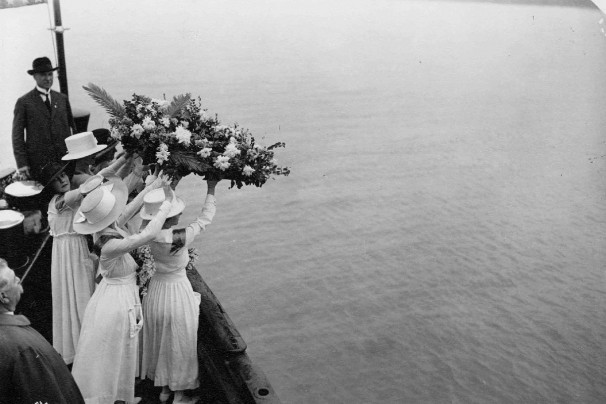One of the interesting aspects of professional cycling is the often-short life span of the branded team. Their funerals are a regular occurrence, as the teams are composed of temporary sponsors and temporary owners. Though many individuals make a career out of team management, their advertised brands change with the prevailing winds of yearly advertising goals, and wealthy industrialists who adopt cycling as a hobby for four to ten years. There are of course the Moltenis, the Mapeis and the Rabobanks, but make no mistake; they are not cut from the same cloth as the Yankees or Manchester United. Of course, if George Steinbrenner had to rely only on income from renting advertising space on the Yankee pinstripes, there would be no Yankees as we know it today. George needed Yankee stadium (and the TV rights that go with it) to craft a franchise that stuck it out through two World Wars and one Great Depression. The pro cycling team in its genesis is a modular affair with many movable parts, but with essentially no property except for the odd team bus and a few jerseys captured along the way. Their demise is oft celebrated with a yard-like sale of used bikes, water bottles, and well-used espresso machines, in the parking lot of their “home base” known as the team service course. And unless the peloton stages a major coup of profit sharing and management, history will know ASO, RCS Sport, and Uni Public and the races they organize.
This is not, of course, an essay on the business of cycling (we will leave that for the Wall Street Journal). Instead, this is a requiem, if you will, for Team Highroad (T-Mobile, Columbia and HTC), who closed their doors yesterday. As the eulogy goes; chapeau to Bob Stapleton for guiding his men’s and women’s teams with calmness and more than the usual class (noticeably absent from more than a few team owner/managers currently employed). In 2009, Highroad won an astounding 86 times with 15 riders. The women’s team dominated as well, with 46 wins. The victories were spread evenly with stage wins, time-trials, and classic victories.
The Heroes will remember you, oh Team Highroad, not only as the team that developed Marc “Honey Badger” Cavendish, but also possibly the most dominant sprint train ever assembled, which took him to the line, over and over again.
One memory remains at forefront, and that is the 2009 Tour de France, Stage 21, Montereau-Fault-Yonne to Paris Champs-Élysées (to be exact). After leading the chase for the breakaway to the final five laps in Paris, Highroad looked to finish the job on their own (the entire tour they took responsibility for every break, and still had the energy to take the Honey Badger to the line for six wins). On this day, at around 4K, Slipstream jumped up and tried to set up a slightly younger Tyler Farrar. Christian Vande Velde took team Slipstream into the lead, but whereas Highroad had the physical ability to stay on the front for what seemed like an eternity, Slipstream’s lead-out train started showing cracks after a kilometer. Vande Velde and Co. did their best impression of a sprint train, and for a moment caused a bit of doubt to color the voices of announcers Phil Ligget and Paul Sherwyn as to Highroad’s dominance; but it was not to be. 3K: Big George Hincapie wisely sits on Slipstream… at 2K, Hincapie chooses not to follow Slipstream’s train… and at 1.2K to go, he veers left and reconfigures the entire peloton. Slipstream was left with a sprint train that led nothing except sideways glances towards the race they just lost. Highroad took position, manhandled the corner, and Renshaw lead the Honey Badger to win by not bike lengths but team bus lengths. It was the equivalent of a slam-dunk; broken backboard and shattered glass, with Slipstream left to sweep up the debris.
The point will be argued (and it should be), but we are fairly confident in making this statement: the 2009 Highroad squad was the most dominant lead-out in trains of the last twenty years. Extra credit goes to getting their sprinter to Paris at the end of it all, as well.
Here is one final chapeau, from the Heroes, to that year’s tour squad: Michael Rogers, George Hincapie, Kim Kirchen, Tony Martin, Maxime Monfort, Mark Renshaw, Bert Grabsch, Bernhard Eisel, and of course Mark “Honey Badger” Cavendish: we salute you.
